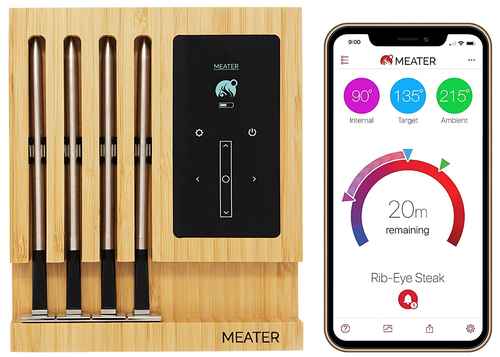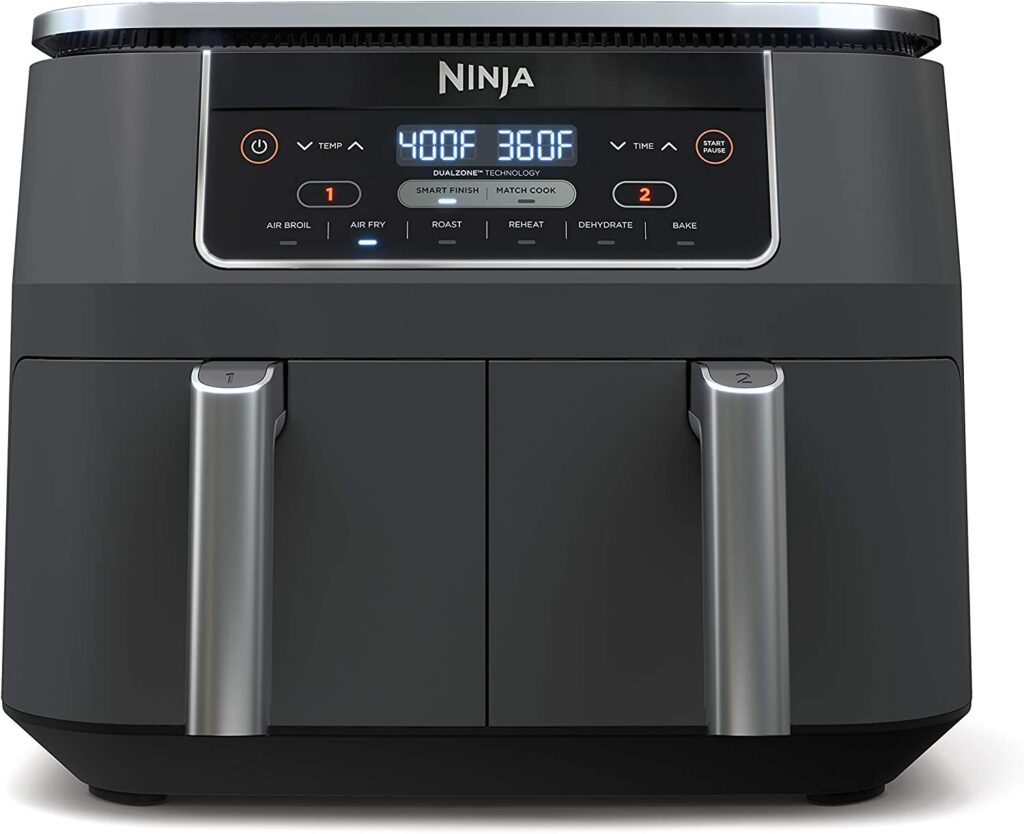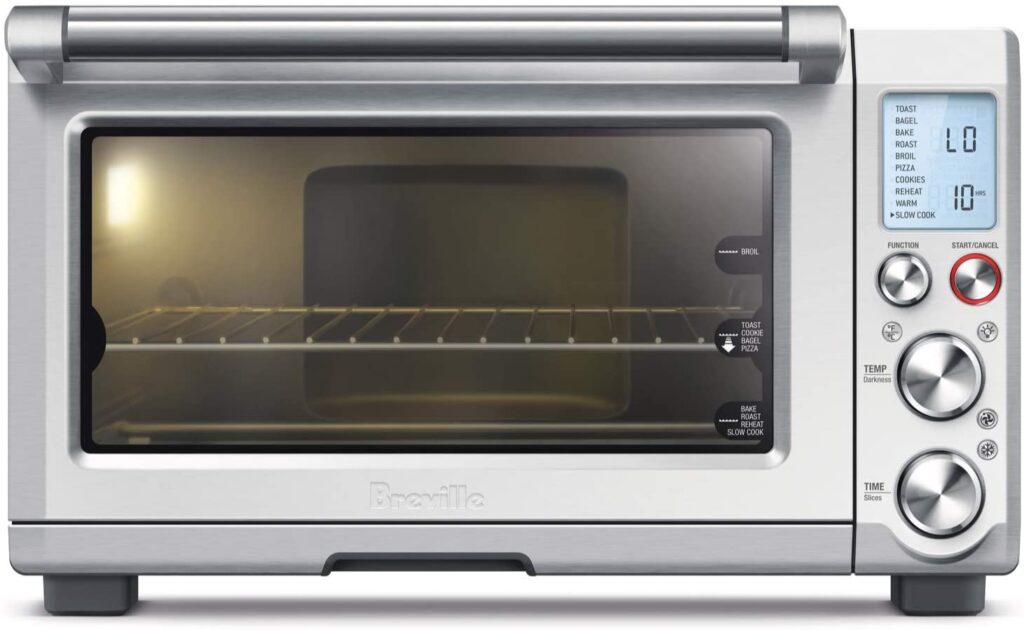How To Make Juicy Chicken In Slow Cooker [GUIDE]
There’s something inherently comforting about the aroma of tender, juicy chicken simmering gently throughout the day. The slow cooker, or crockpot, has long been the unsung hero of home kitchens, offering the convenience of ’set it and forget it’ cooking without sacrificing flavor or moisture. Unlike high-heat methods such as roasting or grilling, slow cooking allows chicken to gradually absorb seasonings while maintaining a succulent texture. This method is particularly ideal for busy households, weeknight dinners, or anyone seeking a hassle-free yet deeply satisfying meal. In this guide, we’ll explore every nuance of creating perfectly juicy chicken in a slow cooker-from timing and ingredients to troubleshooting and advanced tips.
Contents
- 1 How Long To Make Juicy Chicken In Slow Cooker
- 2 How To Tell If It Is Done
- 3 Ingredients Needed
- 4 How To Make Juicy Chicken In Slow Cooker
- 5 When Things Go Wrong
- 6 Expert Tips
- 7 Can I Do This Without A Slow Cooker?
- 8 Reheating Leftovers In Slow Cooker
- 9 FAQs
- 9.1 What Type Of Chicken Is Best For Slow Cooking?
- 9.2 Do I Need To Brown The Chicken Before Slow Cooking?
- 9.3 How Much Liquid Should I Add To The Slow Cooker?
- 9.4 What Temperature Setting Is Best For Juicy Chicken?
- 9.5 Can I Add Vegetables To The Slow Cooker With The Chicken?
- 9.6 How Can I Prevent Chicken From Becoming Dry?
- 9.7 Should I Use Frozen Or Thawed Chicken?
- 9.8 Can I Use A Slow Cooker Liner For Chicken?
- 9.9 How Do I Season Chicken For The Slow Cooker?
- 9.10 How Do I Know When The Chicken Is Fully Cooked?
How Long To Make Juicy Chicken In Slow Cooker
Timing is everything when slow cooking chicken. Overcooking can result in dry, stringy meat, while undercooking poses food safety risks. For boneless, skinless chicken breasts, the typical cooking window is 3-4 hours on high or 6-7 hours on low. Bone-in chicken thighs or drumsticks, which are naturally more forgiving due to their higher fat content, usually require 4-5 hours on high or 7-8 hours on low.
A key consideration is the size of the pieces. Smaller cuts naturally cook faster, whereas whole chickens or large bone-in portions demand a longer, gentler heat. Another factor is the liquid level; chicken should ideally be partially submerged in broth or sauce to maintain moisture, though too much liquid can dilute flavors.
How To Tell If It Is Done
Determining doneness in slow-cooked chicken is crucial for both safety and texture. The most reliable method is using a meat thermometer: the internal temperature should reach 165°F (74°C) at the thickest part.
Other visual and tactile cues include:
- Juices run clear: When pierced, the liquid should be transparent rather than pink.
- Firm yet tender texture: Properly cooked chicken will pull apart easily with a fork without feeling rubbery.
- Separation from bone: For bone-in pieces, the meat should naturally begin to detach from the bone.
Avoid guessing based on time alone-slow cookers vary in temperature consistency, and chicken density differs by cut and size.
Ingredients Needed
Creating juicy slow-cooked chicken doesn’t require a long shopping list. The essential ingredients include:
- Chicken: Boneless breasts, thighs, drumsticks, or a whole chicken. Thighs are often preferred for moisture retention.
- Liquid: Broth, stock, water, or a combination. Even a small amount helps prevent drying.
- Seasonings: Salt, pepper, garlic, onion, paprika, herbs like thyme, rosemary, or parsley.
- Optional flavor enhancers: Citrus (lemon or lime), soy sauce, mustard, or honey can elevate the taste profile.
- Vegetables (optional): Carrots, onions, potatoes, and celery can add flavor and serve as a side.
The beauty of slow cooking is flexibility: you can adjust flavors to suit your palate without compromising texture.
How To Make Juicy Chicken In Slow Cooker
- Prepare the chicken: Pat the chicken dry to remove excess moisture. Season generously with salt, pepper, and preferred herbs.
- Layer the slow cooker: Place vegetables at the bottom if using; this prevents direct heat from toughening the meat.
- Add liquid: Pour in enough broth or sauce to cover roughly one-third of the chicken. This allows for slow, even cooking without drowning the flavors.
- Cook on low or high: Set the slow cooker according to the cut of chicken (see timing above). Resist the urge to lift the lid frequently; each peek lets out heat and extends cooking time.
- Check doneness: Use a meat thermometer or visual cues to confirm the chicken is fully cooked.
- Rest before serving: Let the chicken rest for 5-10 minutes after removing it from the slow cooker. This helps redistribute juices.
When Things Go Wrong
Even slow cooking can go awry. Common pitfalls include:
- Dry chicken: Usually caused by overcooking or insufficient liquid. Solution: reduce cooking time or increase moisture with stock or sauce.
- Rubbery texture: Often results from high heat over an extended period, especially with breast meat. Solution: use lower temperatures or opt for thighs.
- Undercooked chicken: Inconsistent slow cooker temperatures can leave the center raw. Solution: cut larger pieces into smaller portions and verify with a thermometer.
Expert Tips
- Sear before slow cooking: Browning chicken in a pan adds depth and locks in moisture.
- Layer flavors: Place aromatics directly under the chicken to infuse flavor from below.
- Avoid overcrowding: Give each piece space for even heat circulation.
- Use acidic ingredients carefully: Lemon juice or tomatoes enhance flavor but can make protein tough if added too early. Add them during the last hour of cooking.
Can I Do This Without A Slow Cooker?
Absolutely. An oven or stovetop method can mimic slow cooking. For oven cooking, place chicken in a covered Dutch oven at 300°F (150°C) for 1.5-2.5 hours (breasts) or 2-3 hours (thighs), checking for an internal temperature of 165°F (74°C). On the stovetop, use a heavy-bottomed pot with a tight lid and simmer gently over low heat, turning occasionally to prevent sticking and ensure even cooking.
Reheating Leftovers In Slow Cooker
Reheating chicken in a slow cooker is straightforward but requires attention:
- Low setting: Heat for 1-2 hours to avoid drying out meat.
- Add liquid: A splash of broth or sauce keeps chicken moist.
- Cover and stir occasionally: Ensures even warming.
Avoid high heat; slow, gentle reheating preserves the original juiciness and texture.
FAQs
What Type Of Chicken Is Best For Slow Cooking?
Bone-in, skin-on chicken thighs are ideal for slow cooking as they retain moisture and flavor better than breast meat. However, boneless breasts can also be used if monitored carefully to prevent overcooking.
Do I Need To Brown The Chicken Before Slow Cooking?
Browning is optional but recommended. Searing the chicken in a skillet before adding it to the slow cooker adds depth of flavor and improves the appearance of the final dish.
How Much Liquid Should I Add To The Slow Cooker?
You should add enough liquid-broth, water, or sauce-to cover the bottom of the slow cooker by about 1/2 to 1 inch. Chicken naturally releases juices, so you don’t need to submerge it completely.
What Temperature Setting Is Best For Juicy Chicken?
Cooking on the low setting for 4-6 hours is generally best for juicy, tender chicken. High heat can cook it faster but increases the risk of dryness if overcooked.
Can I Add Vegetables To The Slow Cooker With The Chicken?
Yes, root vegetables like potatoes, carrots, and onions work well. Place them at the bottom to ensure they cook evenly and absorb chicken juices.
How Can I Prevent Chicken From Becoming Dry?
Avoid overcooking, use cuts with higher fat content like thighs, and keep the lid on to retain moisture. Adding a small amount of fat or broth also helps maintain juiciness.
Should I Use Frozen Or Thawed Chicken?
Thawed chicken is recommended. Cooking from frozen increases cooking time and can result in uneven cooking, which may compromise texture and safety.
Can I Use A Slow Cooker Liner For Chicken?
Yes, liners make cleanup easier and help prevent sticking, but ensure the liner does not touch the heating element and follow the manufacturer’s instructions.
How Do I Season Chicken For The Slow Cooker?
Use a combination of salt, pepper, garlic, herbs, and spices. Marinating beforehand can enhance flavor, but even simple seasoning applied directly before cooking yields delicious results.
How Do I Know When The Chicken Is Fully Cooked?
Use a meat thermometer to check the internal temperature. Chicken should reach 165°F (74°C) in the thickest part. Juices should run clear, not pink.



